Crate Training a Puppy Made Easy
07.02.2021.
There are many things we look forward to when getting a new puppy. We imagine playing with them, walking, and cuddling, but crate training is rarely part of that thinking process. Many future owners perceive crates as locking up their dogs. The truth is a bit different.
Humans can think of crates as being locked up and restricted, but dogs are naturally drawn to tight, enclosed spaces that make them feel safe and cozy. They are den animals. They will view their crate as a safe space to relax and not be bothered if they don’t want to be bothered.
You could probably notice that scared dogs usually pick a cozy spot to hide in. That can happen during thunderstorms with dogs that have a fear of thunder. You can read more about it in this article - Fear of Thunder in Dogs.
How to crate train a puppy?
Crate training a puppy is a great way to ensure their safety while you are away. You don’t want to end up with a puppy that can’t be alone, and when you come back home, you find your house destroyed. That type of behavior can be triggered by separation anxiety, and one of the best ways to deal with that is to crate train your new puppy.
It might seem challenging, but if you follow these easy steps, your puppy will be crate trained in no time.
1. Picking up a crate
Before starting the crate training process, you will want to pick a crate big enough for your adult dog. Puppies and dogs prefer snug places, so getting a divider while the puppy is still small is a good idea. You can start adding more and more space as they grow. Make sure you pick a durable, flexible, sturdy, and cozy crate that will make an excellent home for your dog in the foreseeable future.
If you don’t know where to start and how to select a crate, here is a list of crates recommended by over 500 dog breeders - Best crates for dogs.
2. Introduction
Introducing your dog to the crate is the second most important thing. You don’t want to spook them at the start of crate training and end up with a dog that hates the crate. Start by introducing them to the crate. Let the puppy smell the crate, and don’t force them to get in the moment you bring it home. Make sure it has cozy bedding, and you can lead your puppy in the crate when they are calm. That way, they will associate the crate with their safe place of relaxation.
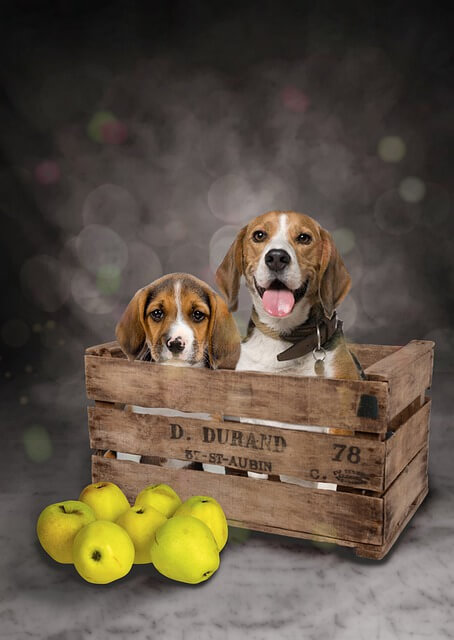
3. Testing phase
The next thing you want to do is test what will make your puppy feel as comfortable as possible. Some puppies prefer having a towel, some prefer cushions, and some will only use a blanket as bedding. This is a trial and error phase where you’ll need to determine what works for your specific puppy. Some puppies will use towels as bedding, some might relieve themselves on it, and some might just play with it. You need to try and see what works for you.
Training is a vital process if you want a well-behaved dog. Here is another essential part of the overall puppy training process - Potty training a puppy.
4. Getting the puppy excited about the crate
Getting your puppy excited about something they might not love at first can seem impossible, but anything is possible in the dog world with treats. Make sure you provide your puppy with plenty of treats while they are in the crate. A good way of getting them to stay longer in the crate is by giving them a frozen treat. Something like frozen peanut butter or a frozen piece of fruit will make them work for their treat and make them stay in the crate for longer.
5. Studying their body language while crate training
Being in a crate might seem convenient because you are free to do whatever you need to do, and at the same time, your puppy is safe. You need to check on them frequently and see if the puppy shows any sign of discomfort. Puppies will need time to play, exercise, train, and walk outside the crate, so if you start noticing any signs of your puppy wanting to do those things, take them out and fulfill their needs.

6. Creating a positive image
Make sure your puppy sees the crate as something positive. Crate training might be necessary for some owners, and having a dog that doesn’t like their crate will make the process a lot harder than it has to be. Keep the crate open and allow your puppy to go in and out whenever they want. Throw their toys in the crate and hide their treats there. Let the puppy see that crate is nothing to be afraid of and that you will always respect their safe place.
Training is only one piece of the puzzle when it comes to your puppy. Socialization is vital as well. Here is an article that can help with some socialization ideas - Puppy socialization.
7. Mind the safety
You’d be surprised how many accidents can happen while crate training a dog. They can easily hurt themselves so make sure your dog doesn’t wear a harness, leash, or collar while they are in the crate. Any one of these things can get caught, and the dog can start panicking. The worst-case scenario is that a dog can strangle.
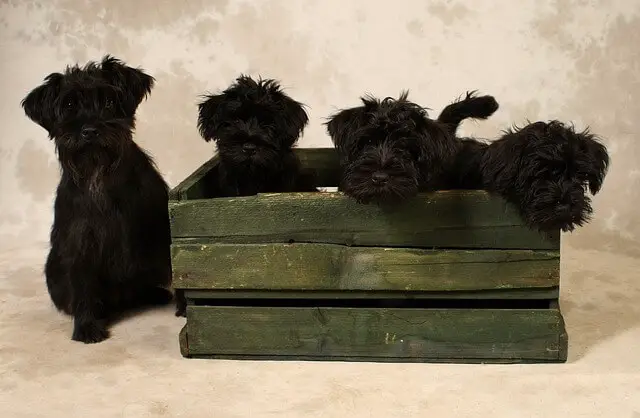
8. Help them succeed
It is vital that crate training progresses slowly but surely. When you notice your dog is getting used to the crate, don’t leave them in there for eight hours right away. Start by going out for an hour, and make sure you reward them with plenty of treats when you come home. Another good idea is to use a recording device so you can see what your dog or puppy has been up to while you were gone.
9. Take your time
Crate training will take time. It is quite possible that training your puppy to get used to their crate will take 3 - 4 months. Older dogs that weren’t crate trained can take up to 6 months to get used to it. Make sure you arm yourself with plenty of patience and consistency. Eventually, you will succeed, and your dog will start to love their crate. Just make sure you don’t show your frustration and remember that consistency is the key.
World Dog Finder team

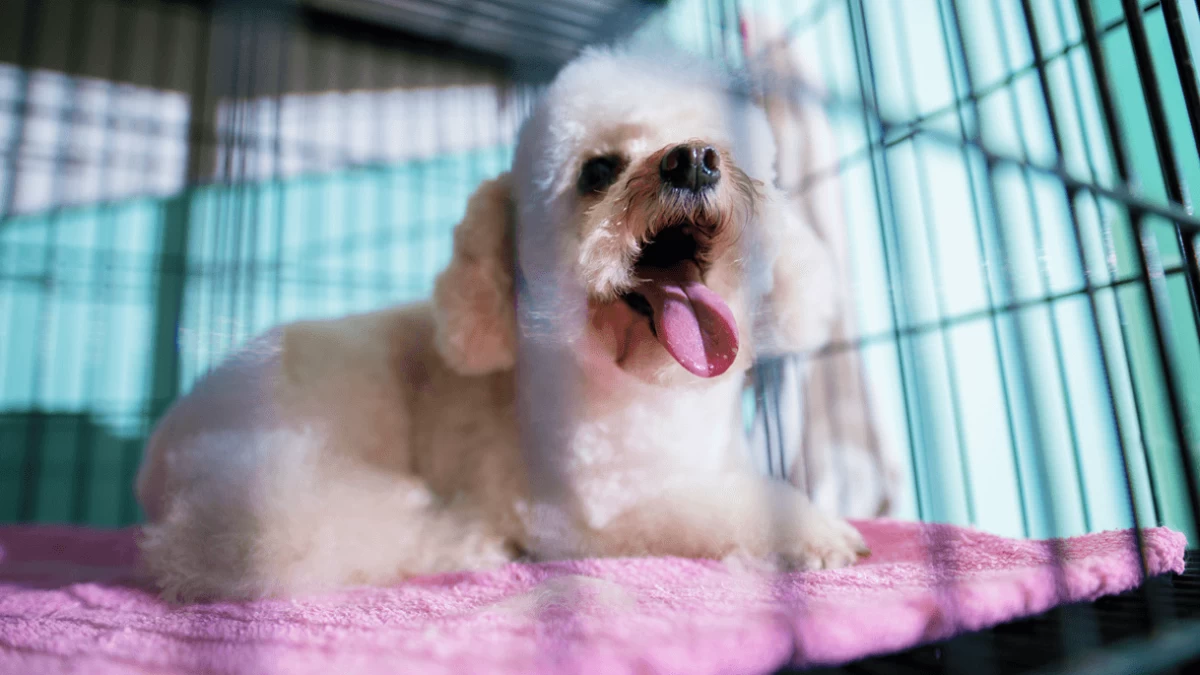
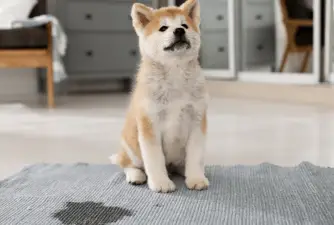
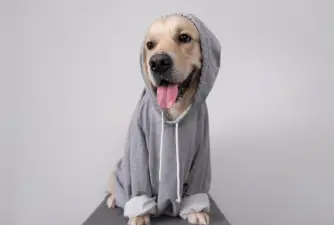
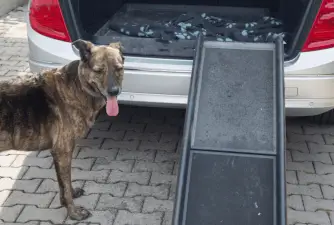
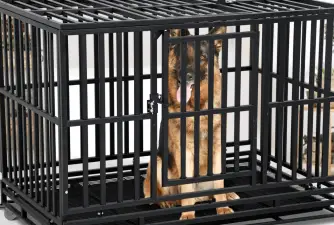

Share